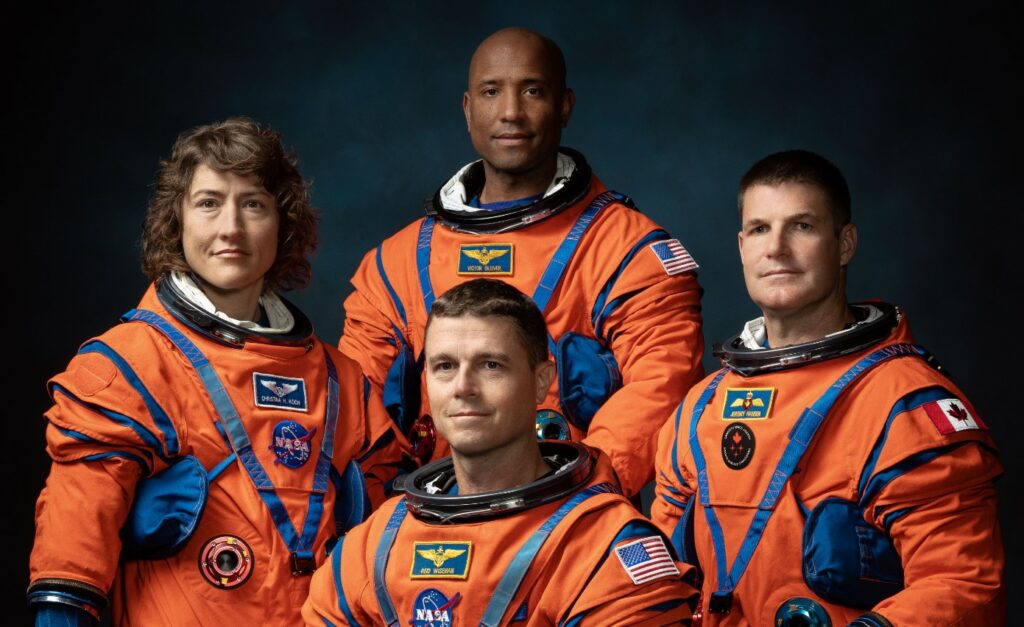The American and Canadian space agencies (NASA and CSA) announced the four astronauts who will venture around the moon on the Artemis II mission. Among them is Christina Hammock Koch, the first female astronaut on a lunar mission.
Koch was selected as a NASA astronaut in 2013 and served as a flight engineer on the International Space Station (ISS) for Expedition 59, 60 and 61. She also set a record for the longest single spaceflight by a woman (with a total of 328 days in space) and participated in the first all-female spacewalks.
"NASA astronauts Reid Wiseman, Victor Glover, and Christina Hammock Koch, and CSA astronaut Jeremy Hansen: each has their own story, but together, they represent our creed," said NASA Administrator Bill Nelson. "Together, we are ushering in a new era of exploration for a new generation of star sailors and dreamers – the Artemis Generation."
Koch will be Mission Specialist 1, while Hansen is Mission Specialist 2. Wiseman is the crew's Commander and Glover is the Pilot. They will work as a team to execute an ambitious set of demonstrations during the flight test, said NASA.
The approximately ten-day Artemis II flight test will launch on the agency’s Space Launch System rocket, prove the Orion spacecraft’s life-support systems, and validate the capabilities and techniques needed for humans to live and work in deep space.
The flight – set to build upon the successful uncrewed Artemis I mission completed in December – will not only set the stage for the first woman, but also for the first person of colour (Glover) on the Moon through the Artemis program.
Related News
"For the first time in more than 50 years, these individuals – the Artemis II crew – will be the first humans to fly to the vicinity of the Moon. Among the crew are the first woman, the first person of colour, and the first Canadian on a lunar mission, and all four astronauts will represent the best of humanity as they explore for the benefit of all," said Director Vanessa Wyche.
Through Artemis missions, NASA will use innovative technologies to explore more of the lunar surface than ever before. It will collaborate with commercial and international partners, and establish the first long-term presence on the moon.
Then, the space agencies will use what they learn on and around the moon to take the next giant leap: sending the first astronauts to Mars.

